The tiny house movement has captured imaginations worldwide, promising a simpler, more affordable, and sustainable lifestyle. With soaring housing costs and a growing desire for minimalism, many are drawn to the idea of living large in a small space. But how does this trend translate to a place like Alberta, known for its wide-open spaces and variable climate?
While you might not see entire neighborhoods of tiny homes popping up in downtown Calgary, the movement is steadily gaining traction across the province. The path to tiny living in Alberta is a unique journey, filled with distinct opportunities and challenges. This article explores the current state of tiny houses in Calgary and greater Alberta, covering everything from zoning laws and popular locations to the unique lifestyle they offer.
The Appeal of Tiny Living in Alberta
The reasons for choosing a tiny home in Alberta are as diverse as the province itself. For many, the primary driver is financial freedom. With traditional home prices remaining high, a tiny house offers a more attainable path to homeownership without the burden of a massive mortgage. This frees up income for travel, hobbies, and other life experiences.
Beyond the finances, there's a strong lifestyle appeal. Alberta's stunning natural landscapes, from the Rocky Mountains to the sprawling prairies, call to those who value experiences over possessions. A tiny home, especially one on wheels, offers the flexibility to explore this natural playground. It represents a life with a smaller environmental footprint and a closer connection to the outdoors.
Tiny Homes as Short-Term Rental Properties
Tiny homes aren’t just a great option for homeownership—they’re also gaining popularity as short-term rentals. Their compact, cozy design and unique charm make them highly appealing to travelers looking for something different.
In Alberta, where tourism thrives thanks to the Rocky Mountains, national parks, and picturesque landscapes, tiny homes have become sought-after accommodations. Travelers are drawn to the novelty of staying in a tiny home while enjoying the province's natural beauty. Whether it's a tiny cabin in the woods, a modern off-grid retreat, or a stylish small home near a tourist hub like Banff or Canmore, these properties offer a memorable experience for visitors.
For property owners, adding a tiny home as a short-term rental can be a smart investment. With platforms like Airbnb and Vrbo, tiny homes can generate consistent income while requiring less upfront cost compared to building or buying a traditional guesthouse. Moreover, tiny homes can be designed with portability in mind, allowing owners to relocate them if needed or adjust their rental strategy based on demand.
However, it's essential to consider local zoning laws and short-term rental regulations before diving into this venture. While some rural areas are more lenient, urban centers like Calgary and Edmonton may have restrictions on short-term rentals of tiny homes, particularly if the property is on wheels.
The Regulatory Landscape: A Complex Puzzle
The biggest hurdle for the tiny house movement in Alberta is regulation. Municipal zoning bylaws and provincial building codes were not written with tiny homes in mind, creating a complex and often confusing legal landscape for prospective owners.

Tiny Homes on Wheels (THOWs)
For a tiny house built on a trailer chassis, the rules are particularly tricky. In most municipalities, a THOW is legally classified as a recreational vehicle (RV). This means you cannot legally live in one full-time on a residential lot.
-
Calgary: The City of Calgary considers THOWs to be RVs. You can park one on a residential property, but you cannot legally occupy it as a permanent dwelling. They are permitted for full-time living only in designated RV parks or campgrounds, which often have their own restrictions on long-term stays.
-
Edmonton: The rules are similar in Edmonton, where THOWs are not permitted as primary or secondary suites on residential lots.
Tiny Homes on Foundations
Placing a tiny home on a permanent foundation offers a clearer, though still challenging, path to legality. These homes must comply with the Alberta Building Code, which includes minimum room sizes and requirements for safety, insulation, and utilities.
-
Backyard Suites: In recent years, cities like Calgary and Edmonton have updated their bylaws to encourage the development of backyard suites (also known as garden or laneway suites). A tiny home on a foundation can potentially be approved as a backyard suite, provided it meets all building code and zoning requirements. This is currently one of the most viable ways to live tiny within city limits.
-
Minimum Size Requirements: A significant challenge is that the Alberta Building Code has standards that can be difficult for a sub-500-square-foot home to meet. However, municipalities are slowly becoming more open to innovative housing solutions, and some builders specialize in designing code-compliant small homes.
Where Are Tiny Homes Found in Alberta?
Despite the regulatory hurdles, tiny home communities and enthusiasts are carving out niches across the province.
Rural and Acreage Living
The most common and straightforward way to live tiny in Alberta is on privately owned rural land. Outside of major city limits, county-level regulations are often more flexible. Many Albertans purchase a small acreage and place their tiny home on the property, sometimes as a primary dwelling and other times alongside a main house. This option provides the space and freedom that many tiny-dwellers seek.
Dedicated Tiny Home Communities
A few pioneering projects have emerged to create dedicated communities. Osprey Village near Beaumont was one of the first, offering a pocket neighborhood of small, single-family homes. While not all "tiny" by strict definition, it embraced the principles of smaller-footprint living and community design. More communities are in the planning stages, driven by developers who see the growing demand for this housing model.
RV Parks and Campgrounds
For those with a Tiny Home on Wheels (THOW), long-term stays at RV parks remain a popular option. This provides access to essential hookups like water, sewer, and electricity. However, many parks have rules about the age and appearance of the unit, and some are only open seasonally.

Unique Challenges of Tiny Living in Alberta
Building and living in a tiny home in Alberta comes with a set of challenges specific to the region.
Surviving the Alberta Winter
Weather is the most significant practical challenge. A tiny home must be exceptionally well-insulated to handle temperatures that can plummet to -30°C or colder. Key considerations include:
-
High R-Value Insulation: Spray foam insulation is often the preferred choice for its high R-value and air-sealing properties.
-
Triple-Pane Windows: High-quality windows are essential to prevent heat loss.
-
Reliable Heating: A powerful and efficient heating source, such as a propane furnace or a robust electric heater, is non-negotiable.
-
Water Lines: For THOWs, heated water hoses and insulated plumbing are crucial to prevent pipes from freezing and bursting.
Land and Utilities
Finding a legal and affordable place to park a tiny home remains a major obstacle. Purchasing land is a significant expense, and leasing a spot can be difficult to find. Connecting to utilities like water, sewer, and electricity on rural land can also be a complex and costly process.
The Future of Tiny Homes in Alberta
The tiny house movement in Alberta is at a crossroads. While individual enthusiasm is high, widespread adoption hinges on regulatory change. Advocacy groups and builders are actively working with municipalities to modernize zoning bylaws and building codes to accommodate smaller, more innovative housing forms.
Cities like Calgary are exploring solutions to their housing affordability crisis, and tiny homes are increasingly part of that conversation. As more people demand this option, and as successful pilot projects demonstrate their viability, the path to tiny living is likely to become clearer.
Is a Tiny Home in Alberta Right for You?
Living tiny in Alberta is not for the faint of heart. It requires resilience, creativity, and a willingness to navigate a maze of regulations. However, for those who succeed, the reward is a life of financial freedom, intentionality, and a deep connection to the magnificent Alberta landscape.
While not yet "common" in the traditional sense, the tiny house movement in Alberta is a persistent and growing force. It represents a powerful shift in how people think about home, wealth, and happiness in one of Canada's most dynamic provinces.
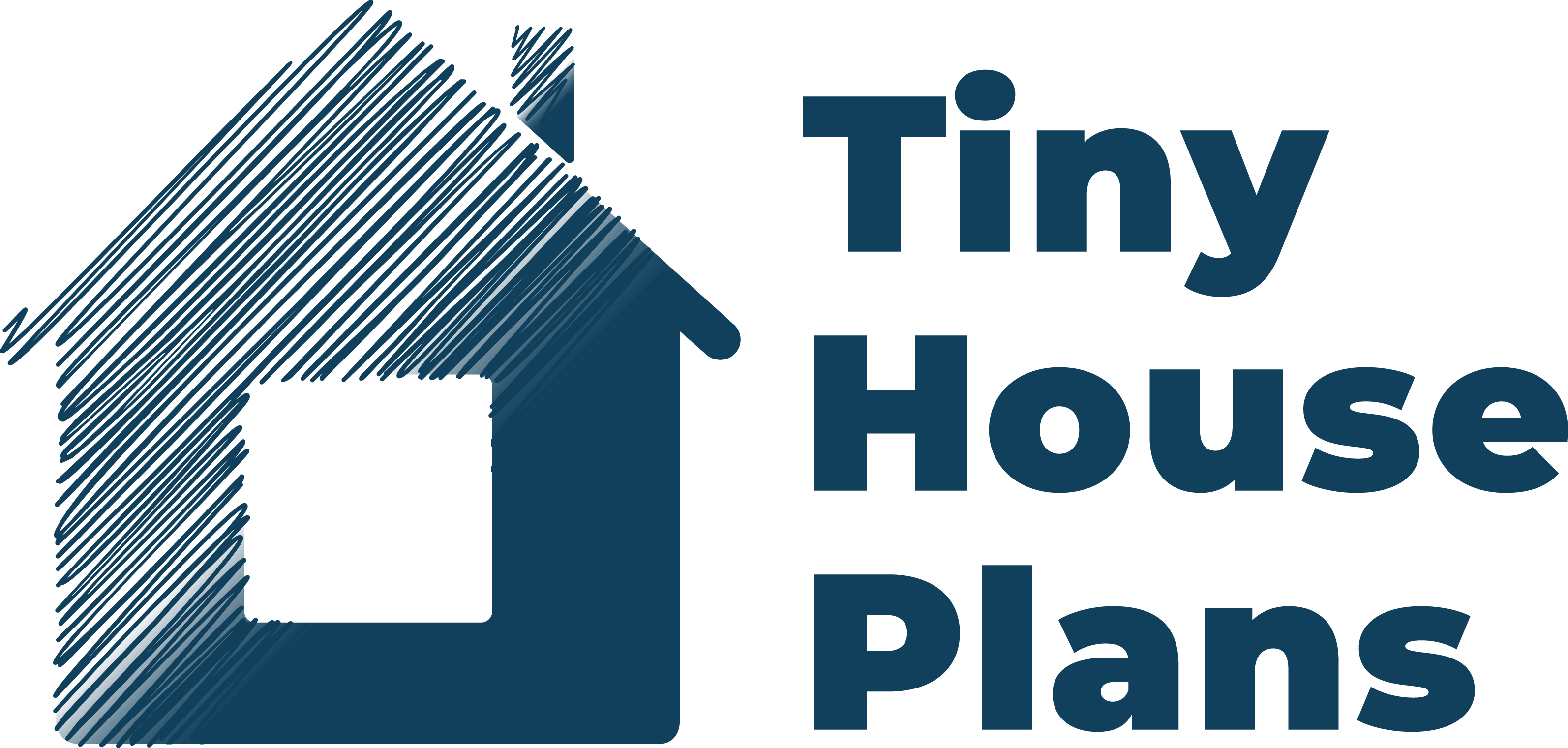

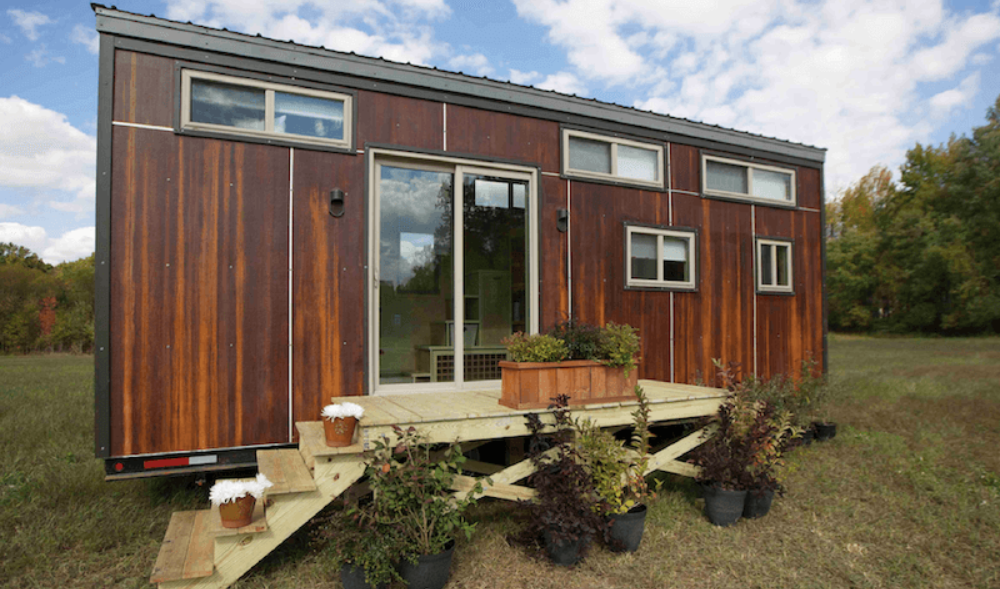
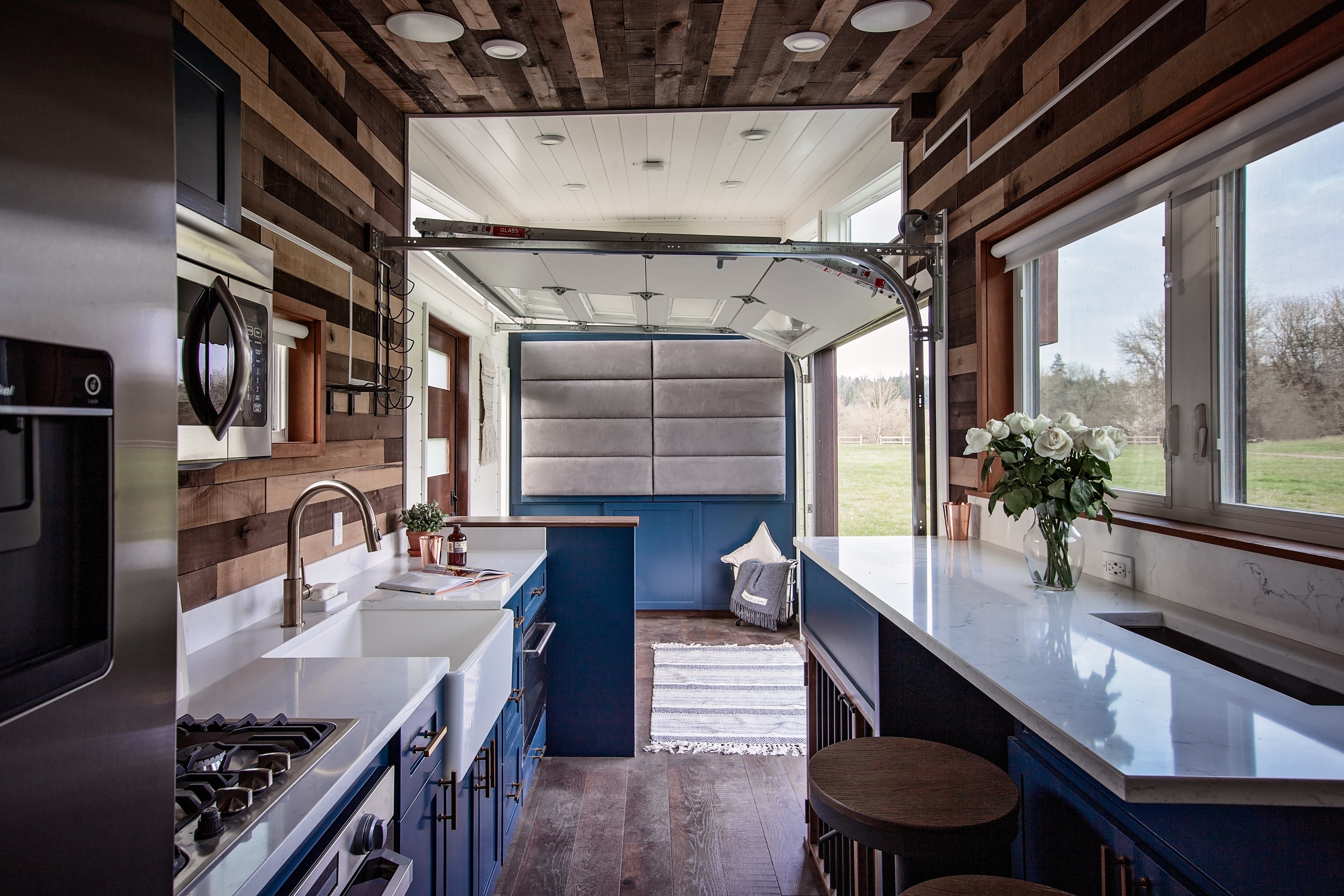
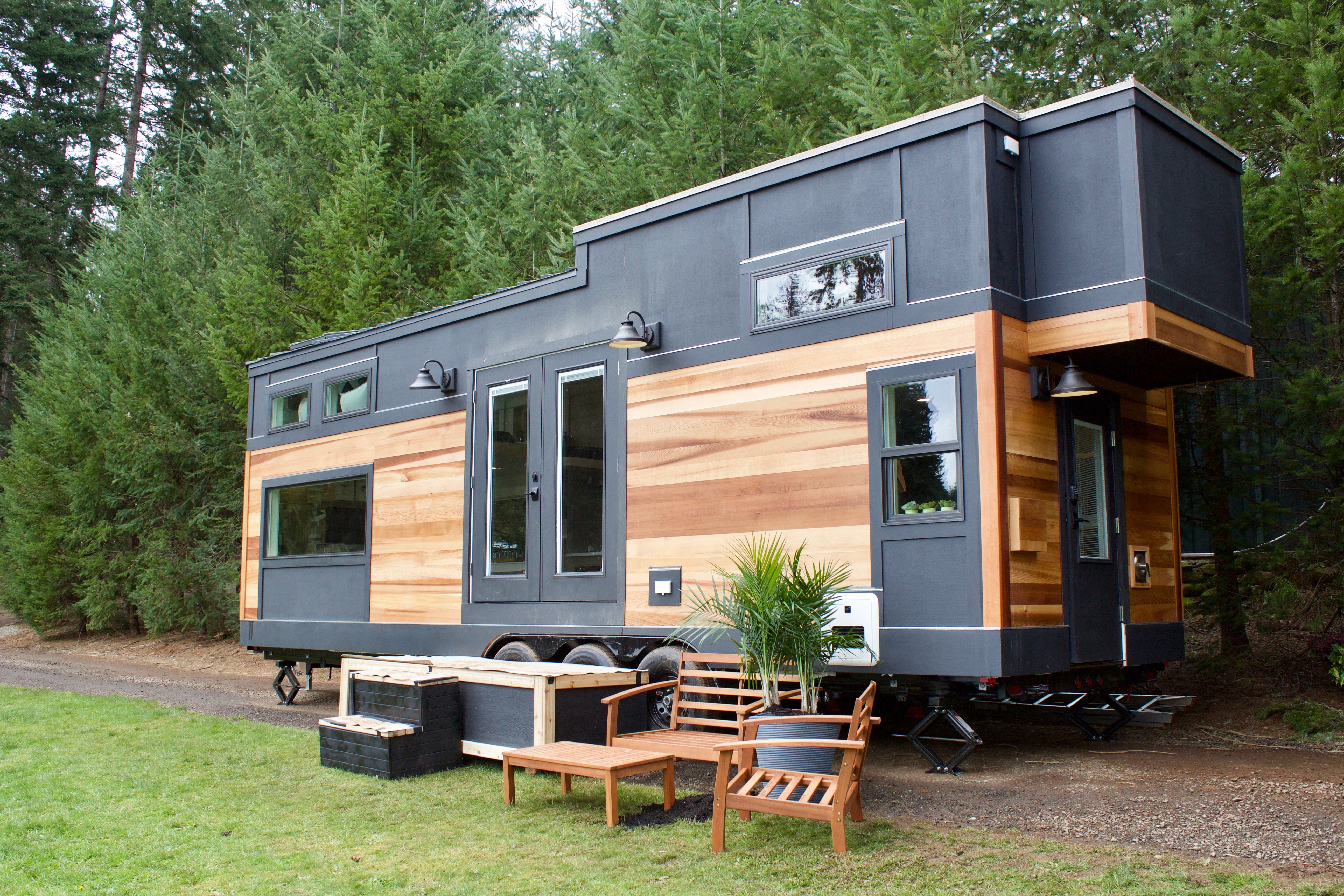
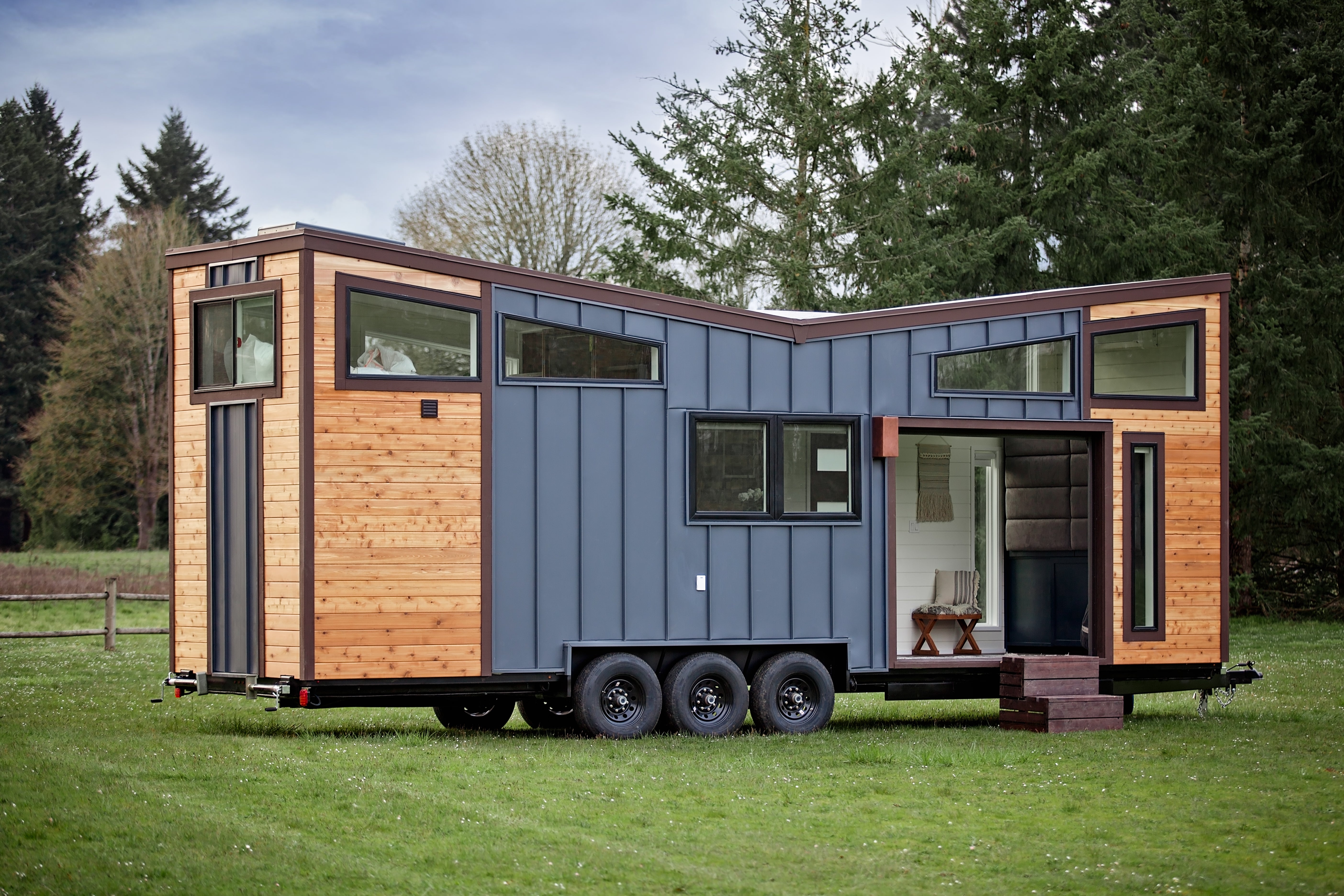
Share: